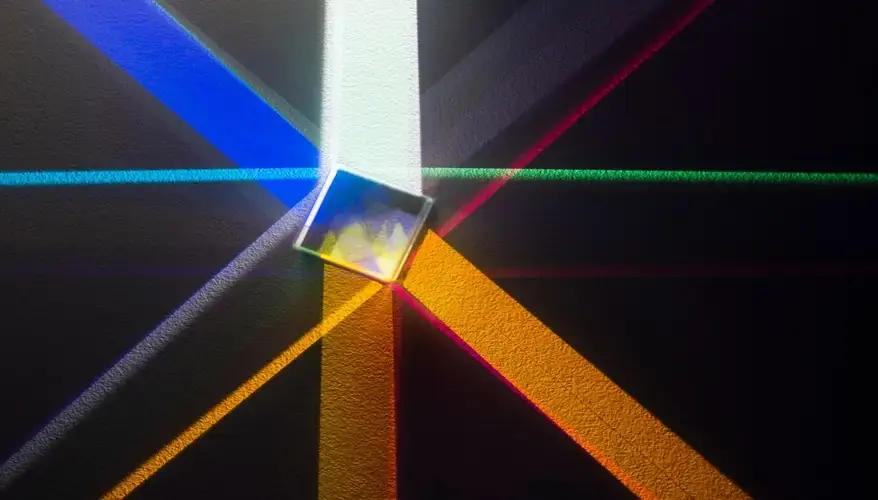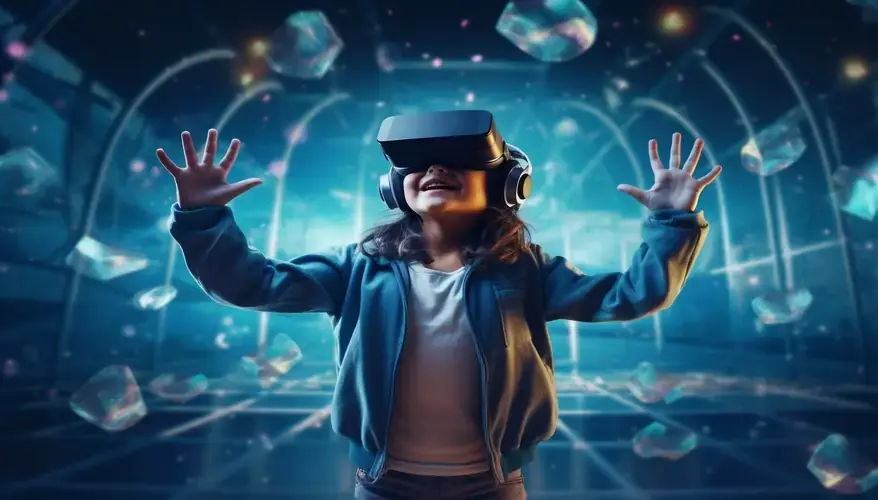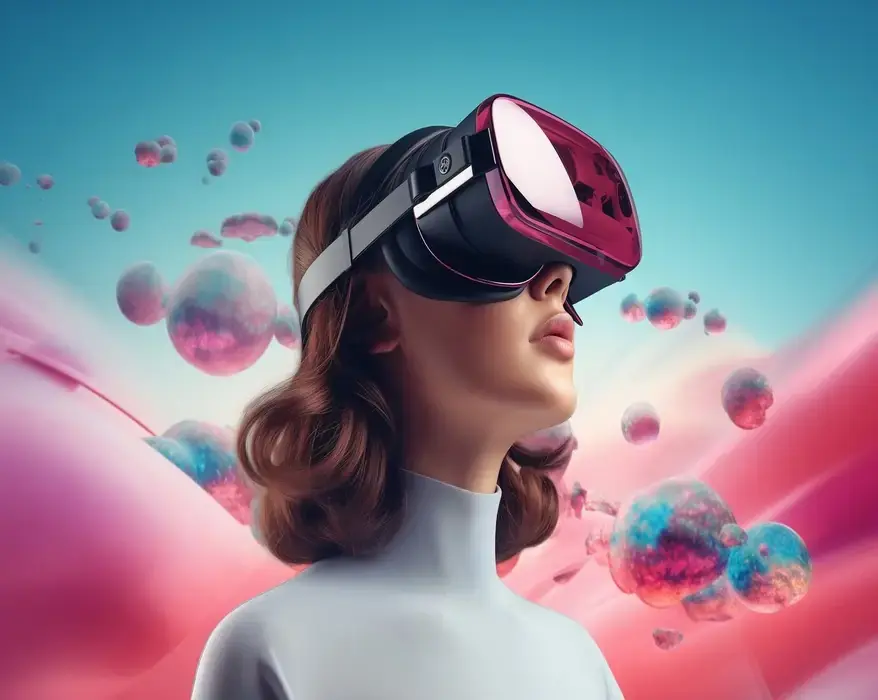3D Sensing Technologies and Multi-Sensor Fusion
Estimated reading time: 10 minutes
Today, as technology changes quickly, improving how we sense things is important in many industries and uses. The way we interact with our environment and tools has changed a lot. This is because of 3D sensing technology and multi-sensor fusion. 3D sensing technologies are tools that help detect the size, shape, and distance of objects in three dimensions. Multi-sensor fusion is when data from different sensors is combined to get a clearer understanding of surroundings. These advancements have greatly improved our interactions. This article looks at how 3D sensing technology works and the benefits of combining multiple sensors to improve sensory abilities.
How Does 3D Sensing Technology Work?
3D sense technology works by using a mix of optical sensors and depth sensors to gather and study space information.
Optical sensors play a key role in detecting and measuring light intensity, allowing for the creation of detailed 3D images.
Depth sensors, on the other hand, provide accurate distance measurements, enabling the creation of depth maps and point clouds that represent the physical environment.
Utilization of Optical Sensors

Optical sensors play a crucial role in augmented reality (AR) technology. Specifically, they are instrumental in capturing light and converting it into digital signals that can be processed to generate a 3D image. These sensors study the strength of light bouncing off objects to create a picture of the scene, like how our eyes see things.
Incorporation of Depth Sensors
Depth sensors, such as time-of-flight sensors, use infrared light to measure the time it takes for light to travel from the source to the object and back to the sensor. This information then calculates exact distance measurements, allowing the creation of accurate depth maps and spatial data.
Role of Structured Light in 3D Imaging
Structured light technology projects a pattern of light onto a surface. It then analyzes how this pattern changes shape to determine depth information. Depth information means understanding how far or close things are. In other words, it helps us measure distances in a scene. To achieve this, 3D sense systems analyze how light patterns distort or bend. As a result, they can create detailed 3D pictures of objects and environments. This way, they provide accurate depth perception for various applications.
These pictures are accurate and show all sides of the object or scene.

What Are the Benefits of Multi-Sensor Fusion?
Combining information from different sensors makes sensory systems better. It gives them more accuracy, makes them more dependable, and helps them work more easily. When data from several sensors are put together, we can look at the whole picture in more detail. This helps us make better choices and do things in a better way.
Enhanced Accuracy in Measurement
Combining data from different sensors helps check for mistakes and fix them, leading to more accurate measurements. By leveraging the strengths of each sensor, multi-sensor fusion systems can achieve higher precision and reduce measurement errors.
Improved Reliability in Data Acquisition
Combining information from many sensors makes data gathering more dependable. It lessens the effects of sensor problems, outside interference, and mistakes.
Systems that combine sensor data can reduce the impact of single sensor flaws.
This gives more solid and trustworthy information for study.
Efficiency in Autonomous Navigation Systems
Autonomous navigation systems benefit significantly from multi-sensor fusion by incorporating data from diverse sensors, such as lidar, cameras, and inertial sensors. This integration enables autonomous vehicles to navigate complex environments more effectively, making real-time decisions based on accurate and comprehensive sensor data.
Also, read: https://entechonline.com/worlds-fastest-camera/
Application of 3D Sensing in Augmented and Virtual Reality
The use of 3D sense technology in augmented and virtual reality applications has transformed the way we interact with digital environments and information. Infrared sensors, camera sensors, and time-of-flight technology are key components in enhancing the immersive experience and functionality of AR and VR systems.

Utilizing Infrared Sensors for Enhanced Visualization
Traditionally, AR and VR systems relied on visual cues to create virtual experiences. However, recent advancements include the use of infrared sensors to capture thermal data. These sensors detect infrared radiation from objects to enhance depth perception and make virtual experiences feel more real.
Importance of Camera Sensors in Gesture Recognition
Camera sensors play a critical role in gesture recognition applications. In essence, they allow users to interact with AR and VR environments through hand movements and gestures.
These systems can study images from cameras to understand user gestures and commands better, which improves user interaction and makes it more engaging.
Measuring Distance Using Time-of-Flight Technology
Time-of-flight technology measures the time taken for light to travel to a target and back to the sensor, enabling precise distance measurements. This technology is used in AR and VR apps to make object placement, spatial mapping, and interaction in virtual worlds better, which improves the overall user experience.
Integration of 3D Sensing in Autonomous Vehicles
Using 3D sense technology in self-driving cars is changing the car industry, leading to safer and more efficient transportation systems. Laser diodes, VCSELs, and advanced algorithms help self-driving cars see and move through their surroundings with high accuracy.
Role of Laser Diodes and VCSELs in Lidar Systems
Laser diodes and vertical-cavity surface-emitting lasers (VCSELs) are key parts of lidar systems used in self-driving cars for detailed 3D mapping and finding objects. These light sources send out focused light beams that bounce off objects to make detailed 3D models of the area, helping with precise navigation and avoiding obstacles.
Algorithm Development for Navigational Purposes
New ways are made to work with info from sensors, such as lidar, cameras, and radar. This lets self-driving cars know where they are and make maps correctly. These methods quickly check sensor info to decide how to drive, based on changes and things in the way.
Enhancing Safety in Automotive Industry Through Sensor Fusion
Sensor fusion is a key technology in self-driving cars, combining data from lidar, cameras, radar, and other sensors.
This approach not only boosts safety but also helps improve decision-making skills. By effectively combining information from different sensors, self-driving cars can better analyze their environment. As a result, they create a clearer and more accurate picture of their surroundings, leading to safer and smarter navigation. As a result, they can spot potential dangers more accurately and react quickly to ensure safe driving on roads.
Challenges and Future Development in Multi-Sensor Fusion
Despite the significant advancements in multi-sensor fusion technology, several challenges persist in the field. Addressing distortion issues in 3D imaging, as well as advancing human visual system simulation, are crucial for improving sensory perception technologies. In addition, optimizing reflected light analysis plays a significant role in enhancing accuracy. As a result, these key areas will drive future advancements in 3D imaging and perception systems.
Addressing Distortion Issues in 3D Imaging
Issues with 3D imaging can cause distortion. As a result, problems like inaccurate depth perception and poor object reconstruction occur. To address these challenges, researchers are working on effective solutions. For instance, they are using advanced adjustment methods to enhance visual quality and accuracy. Ultimately, these improvements will lead to more precise and reliable 3D imaging systems.
Calibration means setting up tools to be accurate.
They also use image processing algorithms. Algorithms are step-by-step ways to do calculations. These methods help reduce distortion. This work aims to improve the quality of 3D reconstructions.
Also read: https://entechonline.com/25-years-of-fusion-energy-research-data-now-open-to-everyone/
Advancements in Human Visual System Simulation
Advancing human visual system simulation is a growing field of research. Its goal is to improve the realism and accuracy of 3D sense technologies by replicating the complex mechanisms of human vision. By studying how the human eye processes and understands visual information, researchers aim to create more advanced sensor systems.
These systems, by copying how humans see and understand things, can improve our ability to sense things.
Optimizing Reflected Light Analysis for Improved Results
Optimizing the analysis of reflected light is crucial for achieving precise and reliable 3D sense results. Researchers are finding new ways to capture and interpret reflected light data. This work aims to improve several things. First, the quality of depth maps. Depth maps show the distance and shape of objects in an image. Second, point cloud reconstructions. These are 3D models made up of points in space. Third, object recognition. This means finding and sorting objects.
All these improvements help in 3D sensing applications.
FAQ:
Q: What is the importance of advancing sensory perception with cutting-edge 3D sensing technologies?
A: Using advanced 3D sense technologies improves how we perceive our surroundings. These technologies offer more accurate and detailed recognition of spaces. They are used in many applications. For example, augmented reality lets you see digital images in the real world. Facial recognition can identify people by their facial features. Depth sensing measures how far away objects are.
Q: How does time of flight technology contribute to 3D sensing?
A: One way to measure depth for 3D sense applications is through time of flight technology. This technology works by measuring the time taken for light to travel to an object and back. In essence, this method provides precise depth information, making it crucial for various 3D sense applications.
Q: What is multi-sensor fusion in the context of 3D sensing?
A: Multi-sensor fusion means using data from many sensors together. For example, these sensors can include cameras, infrared (IR) sensors, and depth sensors. Specifically, cameras capture images and videos, while IR sensors detect heat and create thermal images. At the same time, depth sensors measure the distance to an object. By combining all this data, devices can sense and understand 3D environments better. As a result, this process improves accuracy in sensing and enhances overall performance.
Q: What are some common technologies used for 3D sensing?
A: People often use different technologies to capture detailed spatial information in 3D. One technology is triangulation. Triangulation involves measuring the angles and distances from several points to determine the position of an object. Another technology is the direct time of flight method. This method measures the time it takes for a light pulse to travel to an object and back. Additionally, data fusion methods are also used. These methods combine data from different sources to create a complete picture.
Q: How does a true depth camera differ from traditional camera sensors?
A: True depth cameras are used in iPhones. These cameras have advanced sensor technology. This technology helps the phone recognize faces. It also helps the phone sense depth. Depth sensing means understanding how far away things are. These cameras can create accurate 3D images. A 3D image shows objects with height, width, and depth.
Q: How can one utilize infrared camera technology for analysis in 3D sensing?
A: Infrared camera technology captures data that people cannot see with their eyes. It helps in performing detailed analysis. This is useful for tasks that need accurate depth perception. Depth perception is the ability to see things in three dimensions and to judge how far away objects are.
Q: What role does fusion methods play in enhancing 3D sensing capabilities?
A: Fusion methods mix data from many sensors. These methods help improve accuracy. They also enhance resolution. Overall performance also gets better. This is especially helpful for 3D sense systems. Additionally, these systems work in complicated environments.
References
- Agbossou, I. (2023). Urban augmented reality for 3d geosimulation and prospective analysis. Applications of Augmented Reality – Current State of the Art. https://doi.org/10.5772/intechopen.1002352
- Martínez, P., et al. (2021). Extended depth of field microscopy for single shot 3d surface profiling. OSA Optical Sensors and Sensing Congress 2021 (AIS, FTS, HISE, SENSORS, ES), JM4A.1. https://doi.org/10.1364/ais.2021.jm4a.1
- Men, H., and Pochiraju, K. (2011). Algorithms for 3d map segment registration. Depth Map and 3D Imaging Applications, 56-86. https://doi.org/10.4018/978-1-61350-326-3.ch004
- Tu, u. (2021). Improving 3d surface measurement of mechanical details by structured light using high dynamic range. Journal of Military Science and Technology, 145-153. https://doi.org/10.54939/1859-1043.j.mst.74.2021.145-153
Additionally, to stay updated with the latest developments in STEM research, visit ENTECH Online. Basically, this is our digital magazine for science, technology, engineering, and mathematics. Furthermore, at ENTECH Online, you’ll find a wealth of information.
Disclaimer: This blog post is not intended to provide professional or technical or medical advice. Please consult with a healthcare professional before making any changes to your diet or lifestyle. AI-generated images are used only for illustration and decoration. Their accuracy, quality, and appropriateness can differ. Users should avoid making decisions or assumptions based only on the text and images.






Nice and useful information in simple language
nice and informative article
thanks for your comments, can you please share this post with your network
Regards